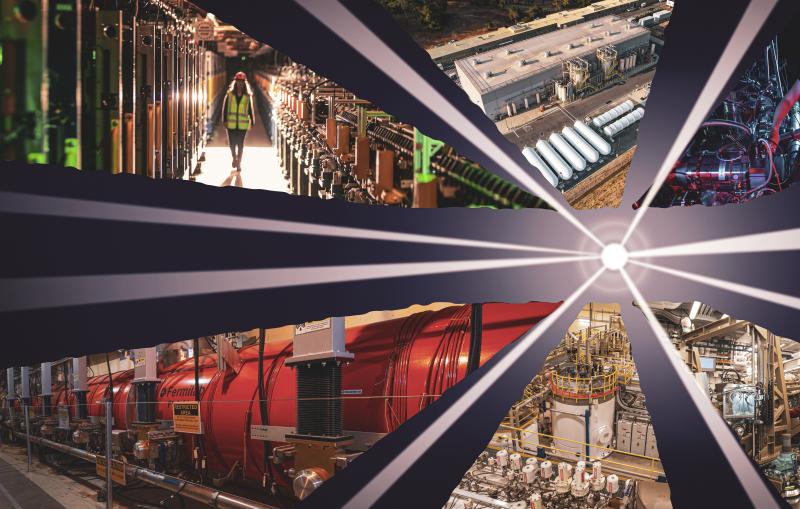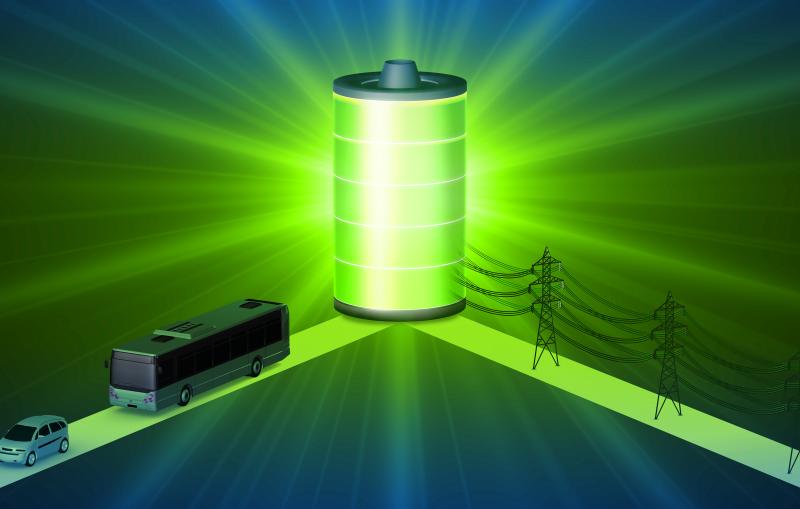Leora Dresselhaus-Marais, Claudio Emma, Bernhard Mistlberger and Johanna Nelson Weker will pursue cutting-edge research into decarbonizing steel production, theoretical physics, generating more intense particle beams, and improving X-ray microscopes.



